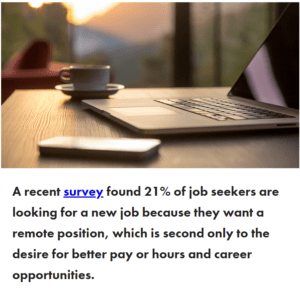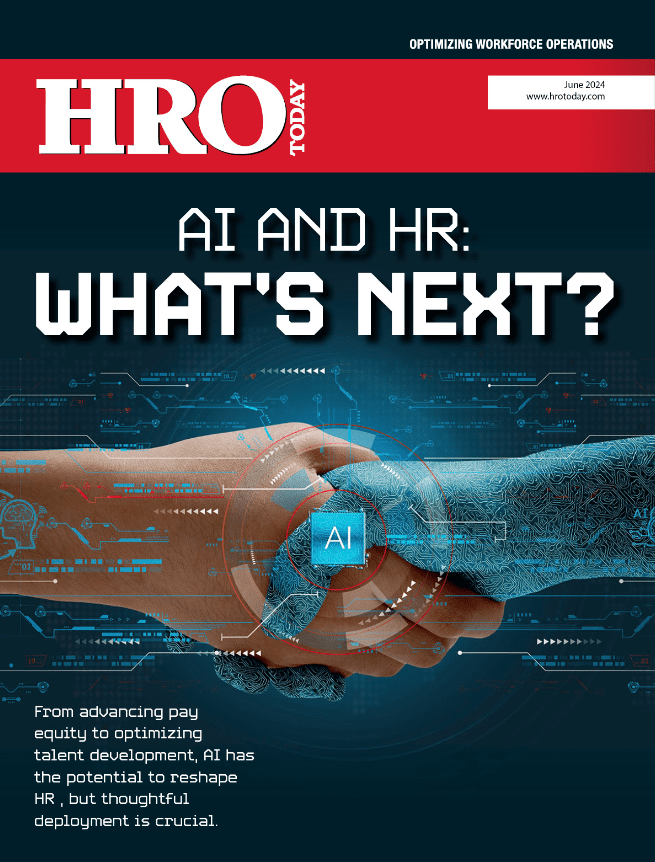Software and services organization Cleo leverages six strategies to promote collaboration and integration among multinational workforces.
By Becky Kowall
Progress in remote work technology and cultural acceptance has driven companies to encourage the use of increasingly dispersed global teams, where co-working and collaboration is happening across different continents.
Given the relentless competition for top talent, many companies are pursuing technological expertise across geographies to build a global talent pool within the U.S., EMEA, and India. All of these regions collaborate naturally in delivering industry-leading solutions that help companies improve their supply chain relationships through cutting-edge ecosystem integration technology.
The expansion of remote work into global teams can create divides and a lack of integration between dispersed employees. With different viewpoints and time zones to consider, HR and leadership teams must be intentional and deliberate in their integration strategies to ensure successful collaboration. For example, Cleo has a team in India and a team in the U.S., with additional employees spread across Europe, all integrated through a variety of systems and workflows. And since opening an office in Bangalore seven years ago, the company has managed to make this model work exceptionally well.
When companies grow at a rapid pace or allow expansion of remote work policies to include international employees, integration of global teams must be prioritized to ensure alignment of company culture and objectives. Here are six proven strategies to integrate an international team.

A recent survey found 21% of job seekers are looking for a new job because they want a remote position, which is second only to the desire for better pay or hours and career opportunities.
1. Develop consistent workflows and processes for all teams. Aside from managing cultural differences, the biggest challenge for remote global teams is maneuvering around different time zones. Open access to calendars and scheduling, as well as co-workers willing to be flexible when accommodating team members across time zones is required for cross-continental collaboration. At Cleo, the HR department sends out a quarterly report to all staff to keep employees informed about new and updated company policies. A unified message like this helps keep everyone on the same page.
2. Adopt collaboration tools that allow for seamless integration from remote offices. Cleo relies on video conferencing and messaging platforms, like Zoom and Slack, to stay connected and accountable. A team that can easily and clearly communicate will feel more connected and perform better. To utilize these technologies to their greatest advantage, an airtight onboarding process must be put in place. When all employees are trained in best practices, tools, and processes, collaboration is more seamless and the entire company functions better.
3. Create inspiring leadership teams and clear company-wide communication. To address both the cultural and logistical challenges, it is imperative to be a present leader and to be accessible to team members. By allocating time for one-on-one meetings and interactions with employees, leaders can effectively support them in their roles and set them up for success.
For example, Cleo’s U.S.-based HR operations team meets daily to quickly align on priorities for the day, while the team in Bangalore does the same weekly. There is a monthly meeting across global teams. It is important to be intentional about what is discussed in these meetings and to set agendas. Be sure to be an active listener to learn how to best support the team and allow employees to perform to their full potential so they feel rewarded in their roles.
4. Build a unifying message for employees. At Cleo, the phrase “One Cleo” means the company will succeed as a team. To ensure benchmarks are hit, leaders should set corporate, team, and individual goals that are linked to training, expectations, and accountability standards. The organization succeeds or fails as a team, with communication flowing both ways and employees being asked to complete HR surveys gauging their satisfaction. These surveys provide direct, anonymous feedback to the company about how they might improve.
5. Confirm all legal considerations have been addressed. Before hiring international remote workers, HR departments must make sure they are following the local laws governing their area, as well as legal requirements for remote workers. Depending on where a company is headquartered and where the employee is based, the company may have to adjust onboarding processes in order to follow laws and regulations.
There is a myriad of benefits to having a global workforce, including improved cultural diversity and wider geographic availability of team members to meet the needs of customers and partners around the world.
A global team also allows for recruiting from a much larger talent pool, and employers are more attractive to potential new hires if they can offer a remote or hybrid position. A recent survey found that 21% of job seekers are looking for a new job because they want a remote position, which is second only to the desire for better pay or hours and career opportunities. In an increasingly global economy, organizations need to foster an environment of collaboration that allows them to thrive collectively and collaborate seamlessly.
6. Make the most of international team building. Team building across an international roster of employees presents a unique set of challenges. In a post-pandemic world, where there are fewer in-person events, HR teams must make the most of opportunities when employees come together. Recently, almost all of Cleo’s executive team was in Chicago to celebrate a new office opening and took the opportunity to tour some of Chicago’s best-known features as a team. For the company, it is important to celebrate success as a team and connect professionally and personally.
The greatest gift an international team brings to Cleo? Perspective. It is everything. Through consistent and well-informed efforts to maintain alignment, the company has learned to cross-train culture, experience, and best practices. The result is powerful and inspirational.
Becky Kowall is VP of human resources at Cleo.














